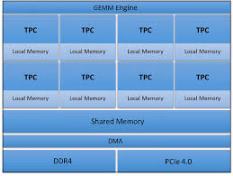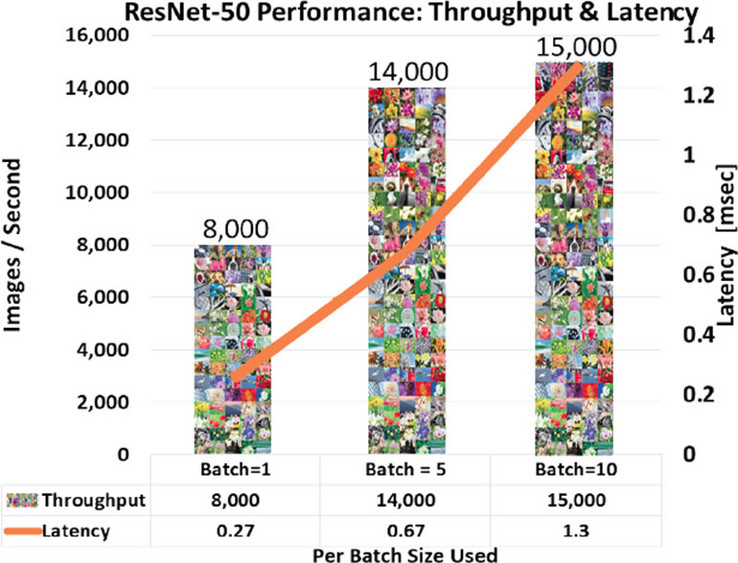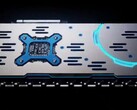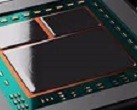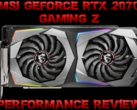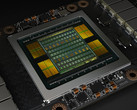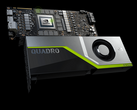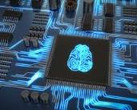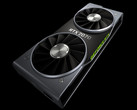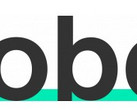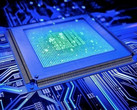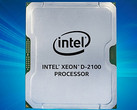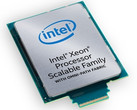Habana, an emerging player in the AI processing space, claims that the chip it has designed can beat some Intel and NVIDIA products in the same arena. This processor, called the Goya, is a 16nm platform with novel AI-focused architecture.
Habana claims that the Goya can process up to 15,000 images from the standard ResNet-50 dataset with a latency of 1.3 milliseconds (ms), provided that the batch size is 10. By contrast, the Intel Xeon Platinum 8180 takes 1 second to process 1,225 of these images, whereas the NVIDIA V100 chipset processes 2,657 in the same amount of time.
There may be some room for skepticism in assessing Habana's bold estimations. For example, the better-known NVIDIA chip needs a batch size of 256, whereas Habana is specifying only 10. Furthermore, the start-up claims that the Goya can still process up to 8,550 images in 0.27ms when the batch size is set at 1. In addition, Habana concedes that the new chip needs installation in a proprietary machine, specific memory management and hybrid quantization to perform these feats.
Nevertheless, the Goya may be of interest in the machine-learning and AI ecosystem. On the other hand, it also mainly functions to process graphs under the MXNet and ONNX formats. However, it may also become capable of running the more familiar TensorFlow framework, which is also used by Google. Habana also has another chip, the 16nm Gaudi, which is intended for neural network training. It will be available in sample form by 2019.




